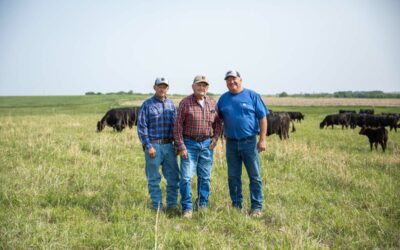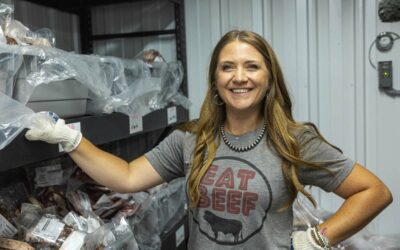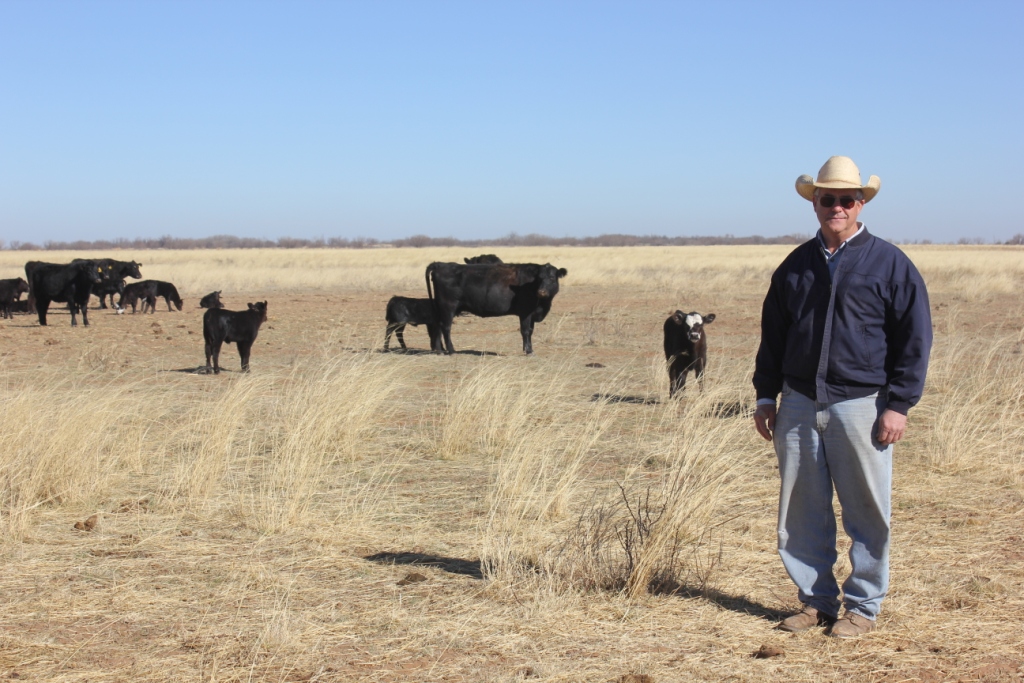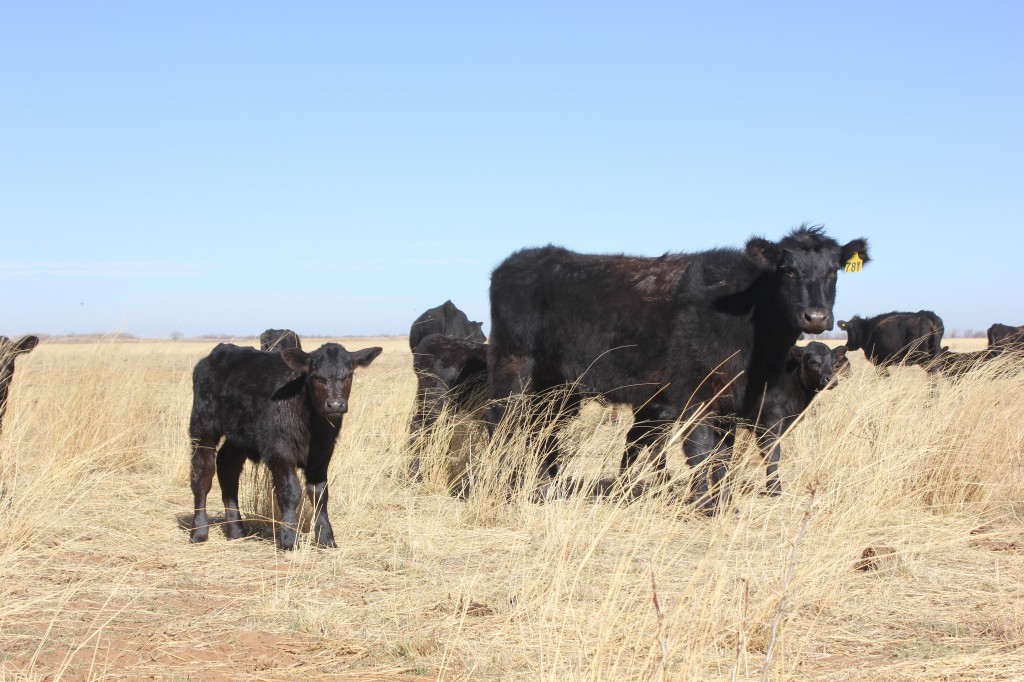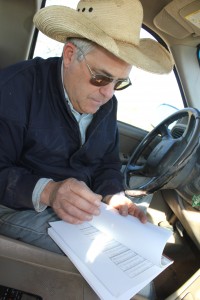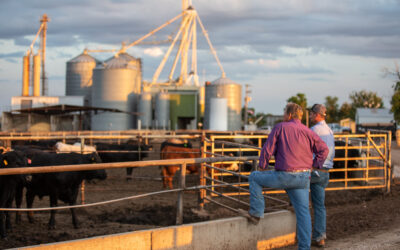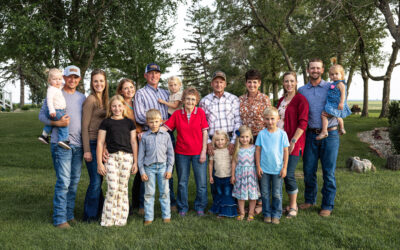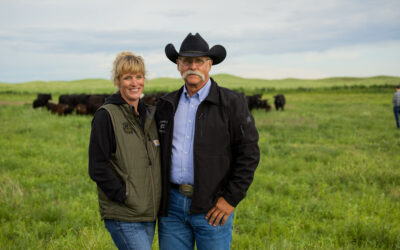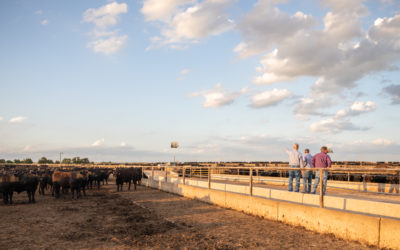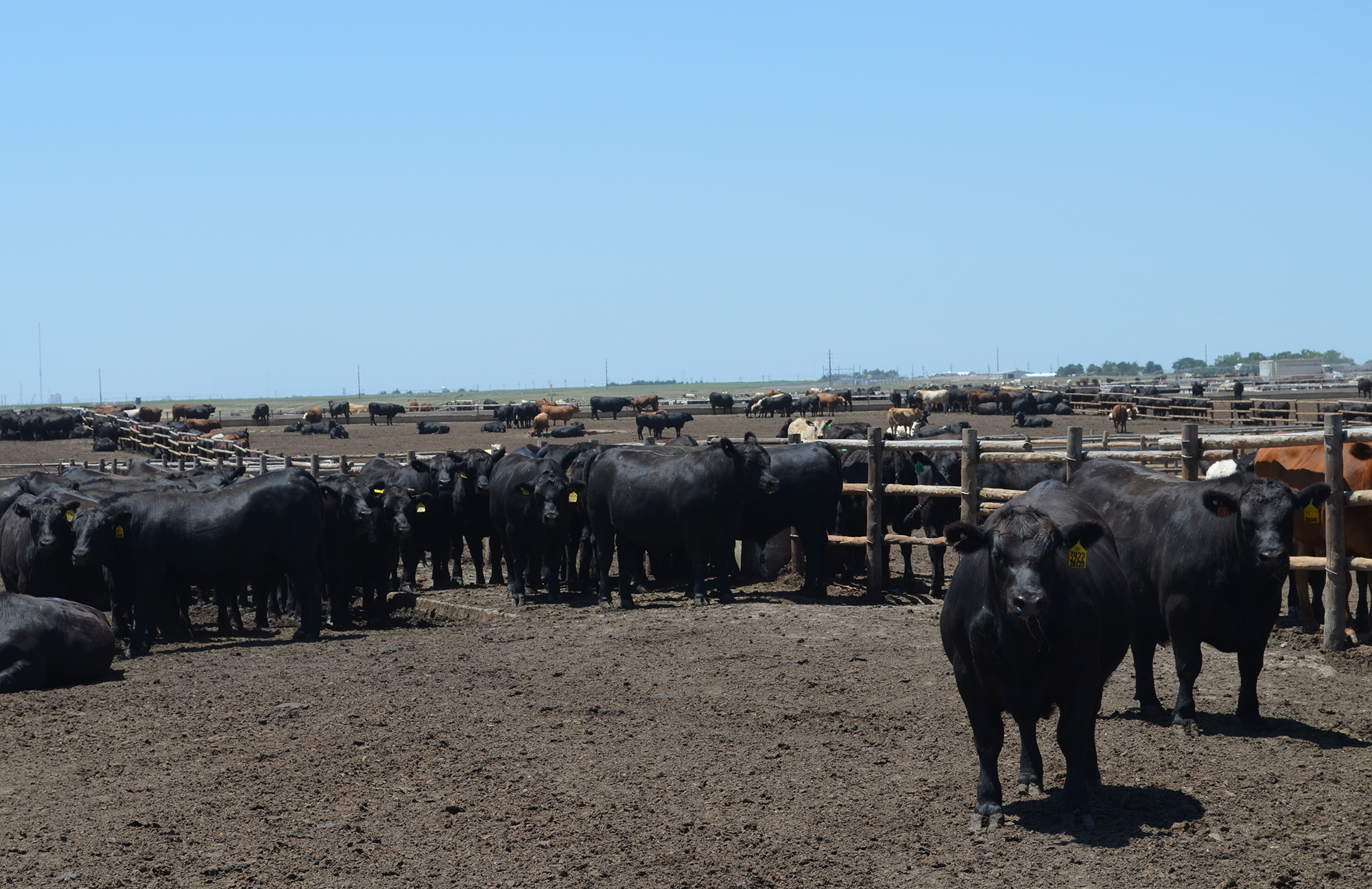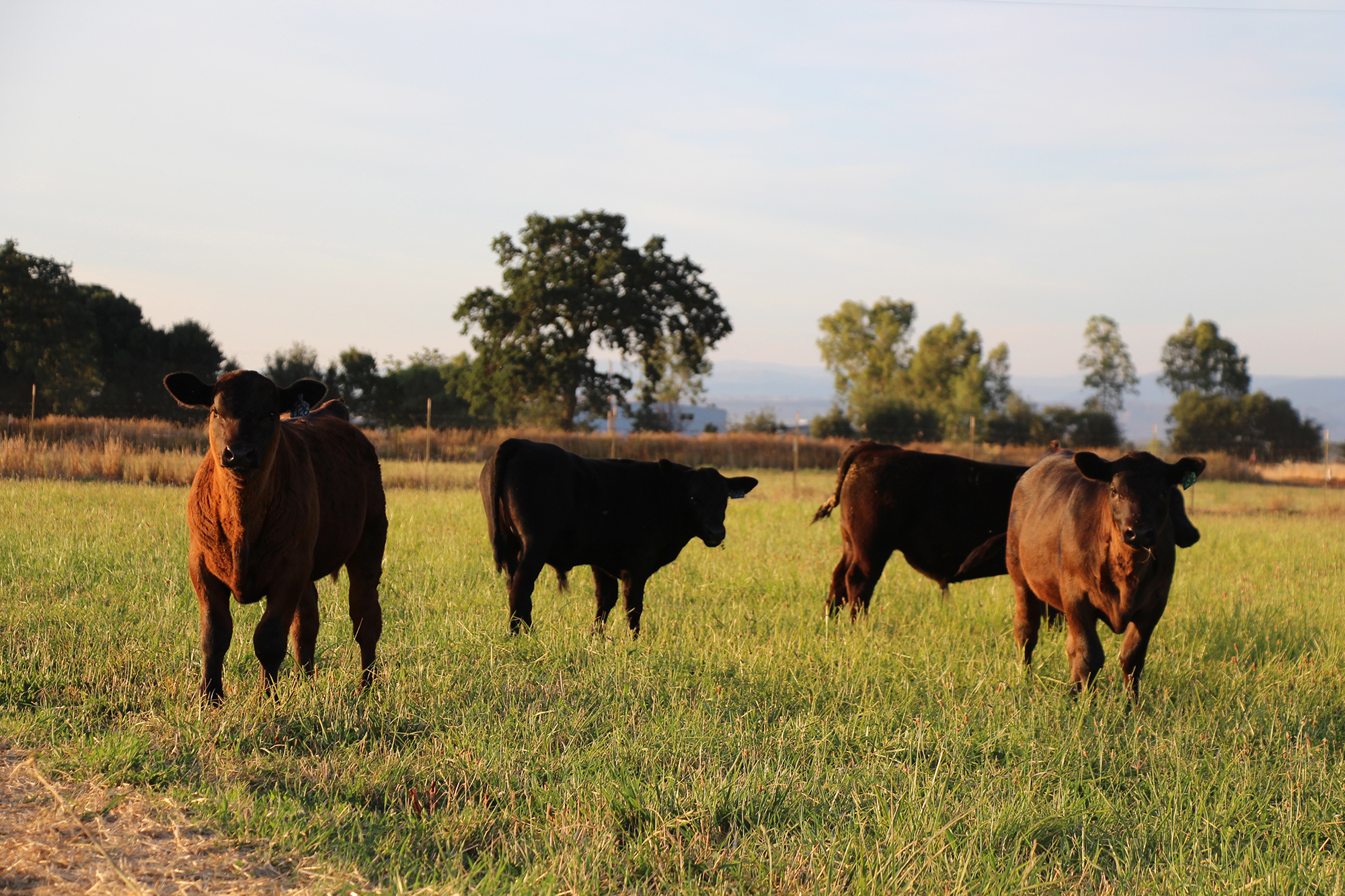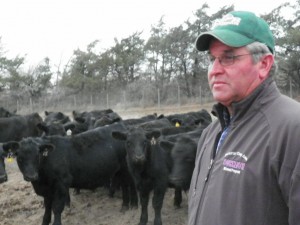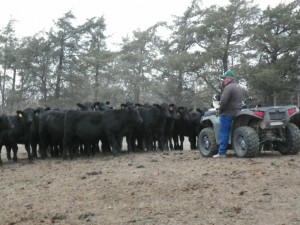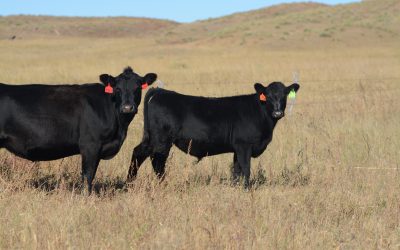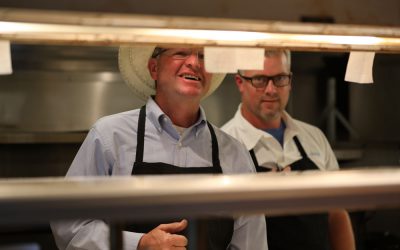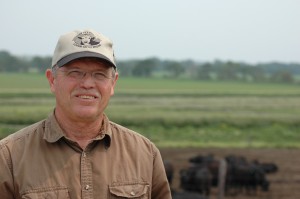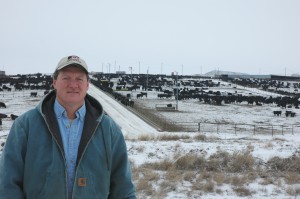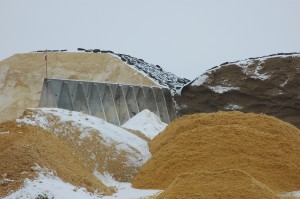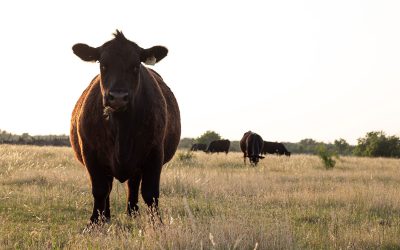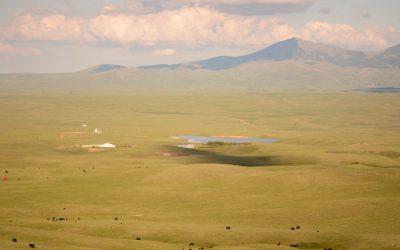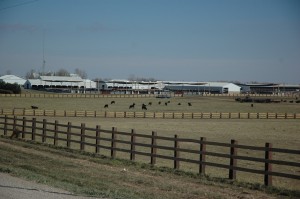
Faith, family and feed

So tell me Miss Morgan, where do you see yourself in 10 years? Um…well…that’s a good question!
If you had asked Shawn or Shane Tiffany that 15 years ago, could they have guessed what blessings lay in store?
In December 2007, at 28 and 30 years of age, “the Tiffany boys” to the locals around Herington, Kan., became some of the youngest feedlot owners in the industry.

Their father Steve was yard manager at Black Diamond Feeders for 14 years, so when former owner Doug Laue was ready to hand off the business that helped launch U.S. Premium Beef, he offered the chance to Shawn and Shane, now owners of Tiffany Cattle Co.
However, this transition wasn’t a stroll through the alleyways.
“It was a baptism by fire, no doubt about it,” says Shane. “Name change took place Dec. 1 and 10 days later the lights went out—big ice storm. So we ran the feedlot for 10 days without any power. I look now and think how in the world did we get through that but I think ignorance was bliss. We just put our heads down and worked. You know it hasn’t been easy but God has just blessed us tremendously.”
Recession was about to hit the country and advisors had warned the boys away, that it would be “crazy,” but they had faith.
During that first crisis, they had eight customers and about 2,800 head on feed. Now they feed for close to 130 customers, stay full for most of the year, manage 2,300 head on grass and farm enough acres to not only spread feedlot waste, but grow all the silage and some of the corn they need.

Laue’s role as a founding member of USPB helped the Tiffanys with continuing market access, but it’s their level of customer service that underscores success.
“Everyone is aware that this is a risky business or it can be at times—you’ve got weather events and all these different things that are going against you—but no one likes surprises,” says Shane. “I think one of our biggest advantages is we just communicate. They don’t find out there was a problem with the pen when we ship them, they find out the day it happens. And they don’t find out on a piece of paper, I want them to hear it from my mouth and give them every bit of information I can.”

They credit most of their success to the quality of cattle they feed but no matter how good the genetics, it takes people who know what they’re doing to create high-quality beef, and the numbers prove they can do it.
In 2013, they fed 21,000 head that made 83% Choice, 5% Prime and including 39% CAB, averaging $58.80 per head in premiums per customer.
In an industry built upon relationships, these brothers have turned customers into friends. And that’s the bottom line.
-Kaitlin
You may also like
From the Ground Up
Benoit Angus Ranch, a seedstock operation that markets more than 150 bulls annually, is a multi-generation family business with sons Doug and Chad now heavily involved. Focused on serving the commercial cattleman, the Benoits built a reputation for high-quality cattle that perform on the ranch, in the feedyard and on the rail. With always-improving cattle to support that renown, and the will to back it up, Benoit Angus Ranch earned the CAB 2023 Seedstock Commitment to Excellence Award.
Future Focused Business
Pilot partners in CAB’s Ranch to Table program, these North Dakota ranch families took some of the market volatility into their own hands in April 2022. Their leap of faith provides high-quality beef options for their communities and diversifies their income. Now they sell their finished cattle, as well as those of their customers, through Dakota Angus, a direct-to-consumer beef business.
Building Bonds
A dozen members of the Meijer communications team arrived to experience, first hand, how the beef they sell in their stores is raised. They touched and felt and tasted and smelled every aspect of the cattle business from the delicious flavor of Certified Angus Beef ® ribeyes to the slippery sensation of you-know-what on their shoes. Questions of every nature were asked and answered by true cattlemen and champions for CAB, Bruce, Scott and Andrew Foster.

